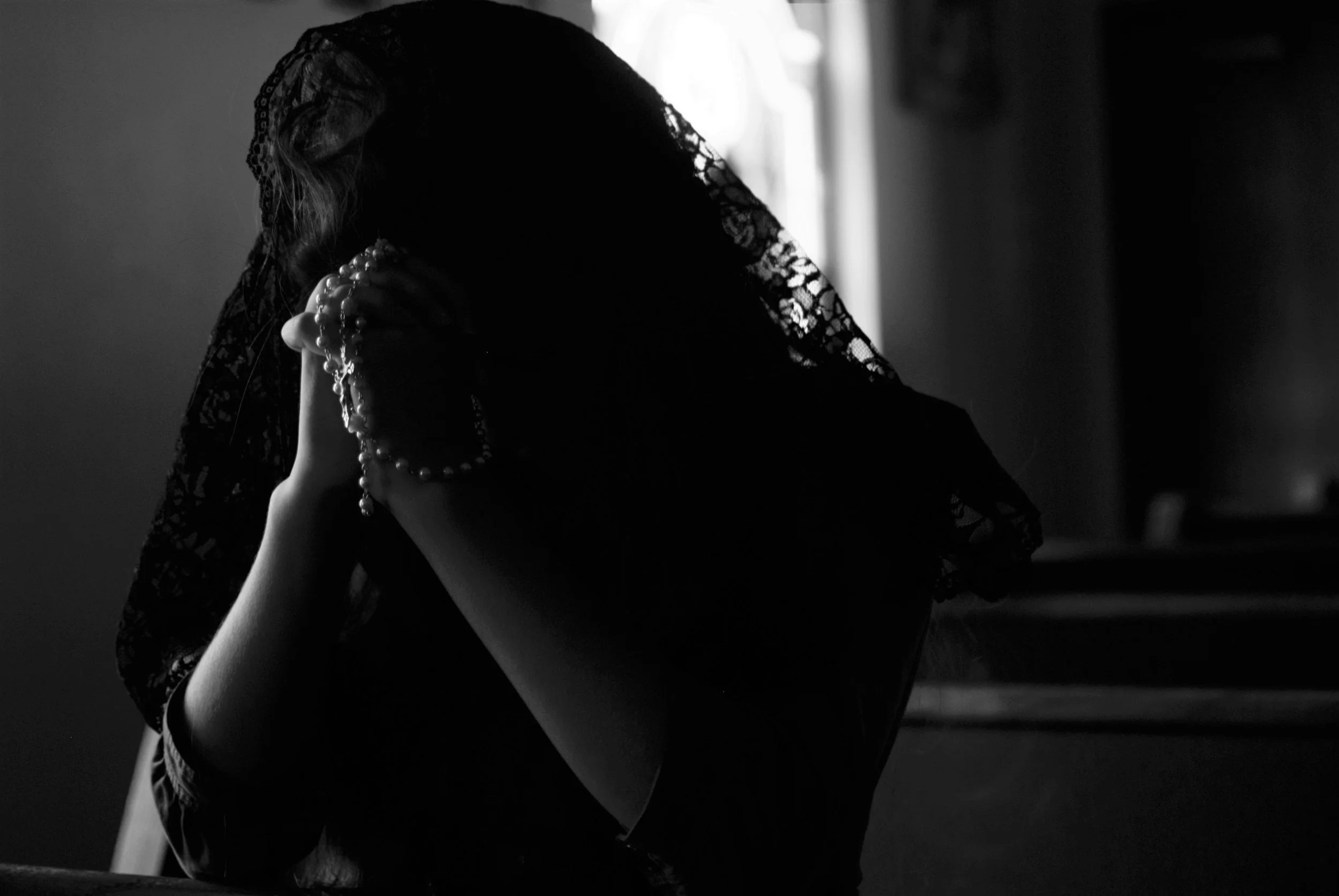Why Your Face Shows You Haven’t Forgiven – and How to Change It
Key Takeaways
Resentment Leaves a Mark: Holding grudges can visibly shape your facial features, including tight eyebrows, tense jaws, and deep glabellar lines, reflecting your emotional state.
Physical Signs of Resentment: Features like “broken” eyebrows, 三白眼 (three white eyes), and tightly compressed lips often indicate difficulty forgiving.
Practical Steps to Let Go: Regular practices like soft-jaw breathing, compassion visualization, and brow massage can help release emotional tension stored in the face.
Why It’s Hard to Forgive: Physiognomy reveals that certain facial structures are linked to stubbornness, pride, and ruminative thinking, making it challenging to let go.
Transform Inside and Out: Understanding your face’s emotional “map” can guide you to break free from past hurts, improving both your appearance and mental well-being.
Do you find yourself replaying past hurts, unable to forgive someone who wronged you? Many people feel trapped by resentment — yet few realize that these emotions don’t just weigh on the mind. They leave subtle, lasting traces on your face. Both Chinese and Western physiognomy teach us that patterns of grudge, anger, and difficulty forgiving are written into our features. The good news? By understanding and addressing these patterns, you can release emotional burdens and improve your overall wellbeing — inside and out.
How to Truly Start Forgiving: 5 Practical, Actionable Steps
Physical Reset: Soften Your Eyebrows: Every day, gently pinch and roll the inner edge of each eyebrow for one minute. This relaxes the muscle tension associated with rumination and resentment. Many who hold grudges develop tight, sharply angled, or “broken” eyebrows — signs recognized in both Chinese (斷眉) and Western traditions.
Release Jaw Tension with Soft-Jaw Breathing: When anger or hate arises, inhale through your nose, then exhale slowly while letting your jaw relax, allowing your tongue to rest at the floor of your mouth. Repeat for 10 breaths. Habitual jaw clenching (bruxism) and square, prominent jaws often signal suppressed anger or unprocessed emotion.
Facial Repatterning with the “Half-Smile” Drill: Several times a day, lift the corners of your mouth into a gentle, natural half-smile. Hold for 30 seconds. This practice not only shifts your brain chemistry (activating the vagus nerve), but also gradually smooths lines of bitterness or “tight lips” that reveal unresolved hostility.
Compassion Visualization: Stand in front of a mirror. Visualize the person you resent as a child making a mistake. Watch for the softening around your eyes. Regularly practicing this reduces the hard, darting stare or “三白眼” that signals vigilance and emotional fixation.
Interrupt Rumination with a Touchstone Mantra: Lightly tap the Yintang point (between your eyebrows) and repeat a calming mantra: “I choose peace over replay”. This breaks the cycle of mental rehearsal that creates vertical frown lines (the “11s” or 印堂 lines).
How Physiognomy Can Help You Break Free from Grudges
What makes our approach at physiognomy.ai unique is our ability to read not just your story, but your face. Using advanced AI analysis combined with traditional wisdom, we pinpoint the exact facial patterns associated with long-held resentment. Our Face Insight Reports provide a mirror — revealing where and how emotional patterns have shaped your features.
Facial Features Linked to Resentment & Difficulty Forgiving
Eyebrows:
断眉 (broken eyebrows), strongly sloped, or very tight “V” shapes
Sparse outer thirds (“mourning” brows), or heavy inward growth
These indicate a tendency to hold grudges, ruminate, and replay hurts.
Eyes:
三白眼 (white showing above/below iris), hard glare, darting movement
Prominent upper or lower sclera (white showing)
Signs of hyper-vigilance, emotional re-living of grievances.
Nose:
鷹鈎鼻 (hooked or hawk nose), pronounced nasal bridge
Suggests pride, rigid moral codes, and difficulty letting go.
Mouth:
Thin, tight lips, downturned corners, or shallow philtrum
Reflects emotional suppression and unspoken bitterness.
Jaw and Chin:
Square, prominent jaw, tension along the masseter, or forward-jutting chin
Indicates stubbornness and a “must win” mindset.
Forehead:
Deep vertical lines at the glabella (印堂), or “worry lines”
Chronic rumination and inability to release emotional pain.
What If You See These Signs in Yourself?
This isn’t destiny — it’s a starting point. Our comprehensive report doesn’t just describe your facial patterns; it gives you a personalized plan. This might include specific exercises, emotional-release techniques, acupressure, and lifestyle tweaks based on your unique features and temperament. As you change your approach and mindset, your face naturally begins to soften and rejuvenate.
The Science and Wisdom Behind It
Why does this work? Facial tension and emotional holding patterns reinforce each other through both muscle memory and brain chemistry. By making small physical changes (softening features, releasing tension), you create a feedback loop that supports emotional healing and forgiveness. This isn’t just tradition — it’s backed by research in both Chinese medicine and Western neuroscience.
Take Action: Transform How You Look and Feel
If you’ve struggled to let go of hatred or hurt, and notice any of these facial markers, it’s time for a deeper look. Our Face Insight Report will help you:
Identify where your face holds onto old resentments
Receive a customized plan to release emotional and physical tension
Experience improvements in both your appearance and emotional health











